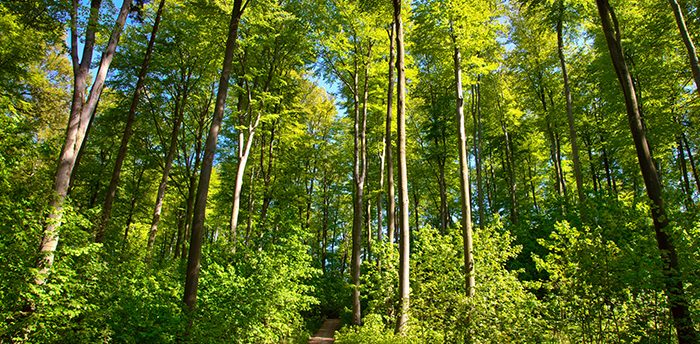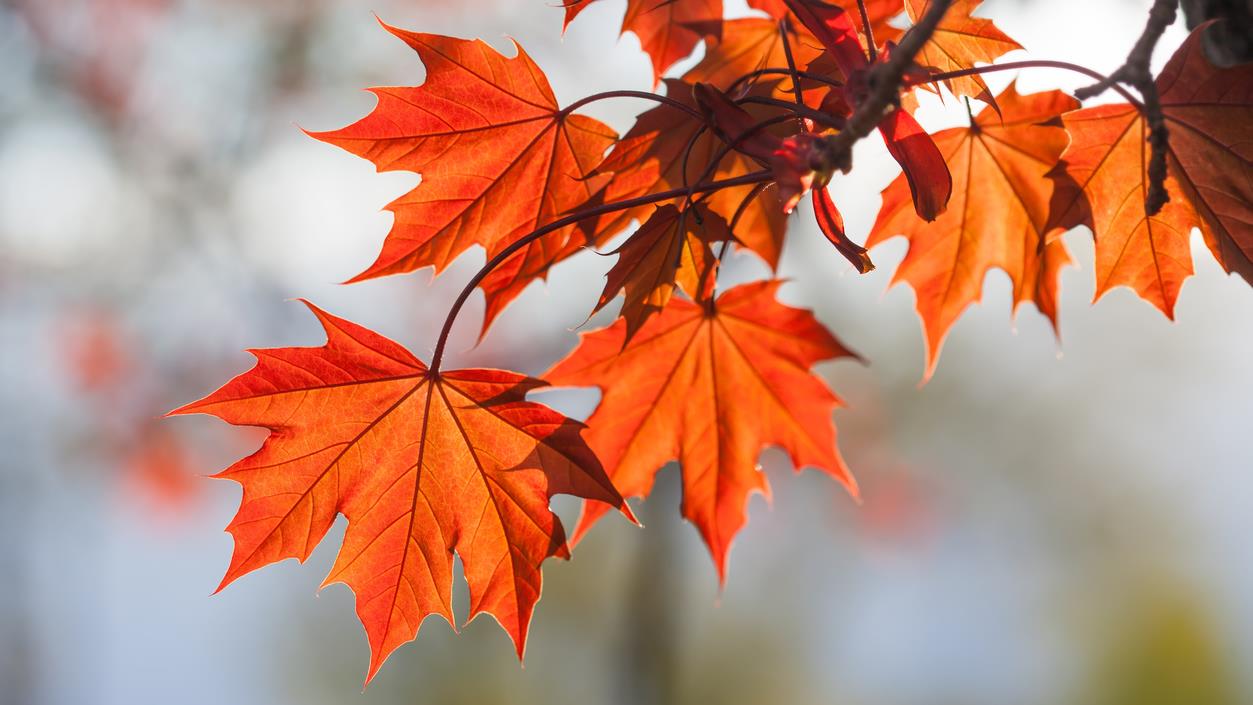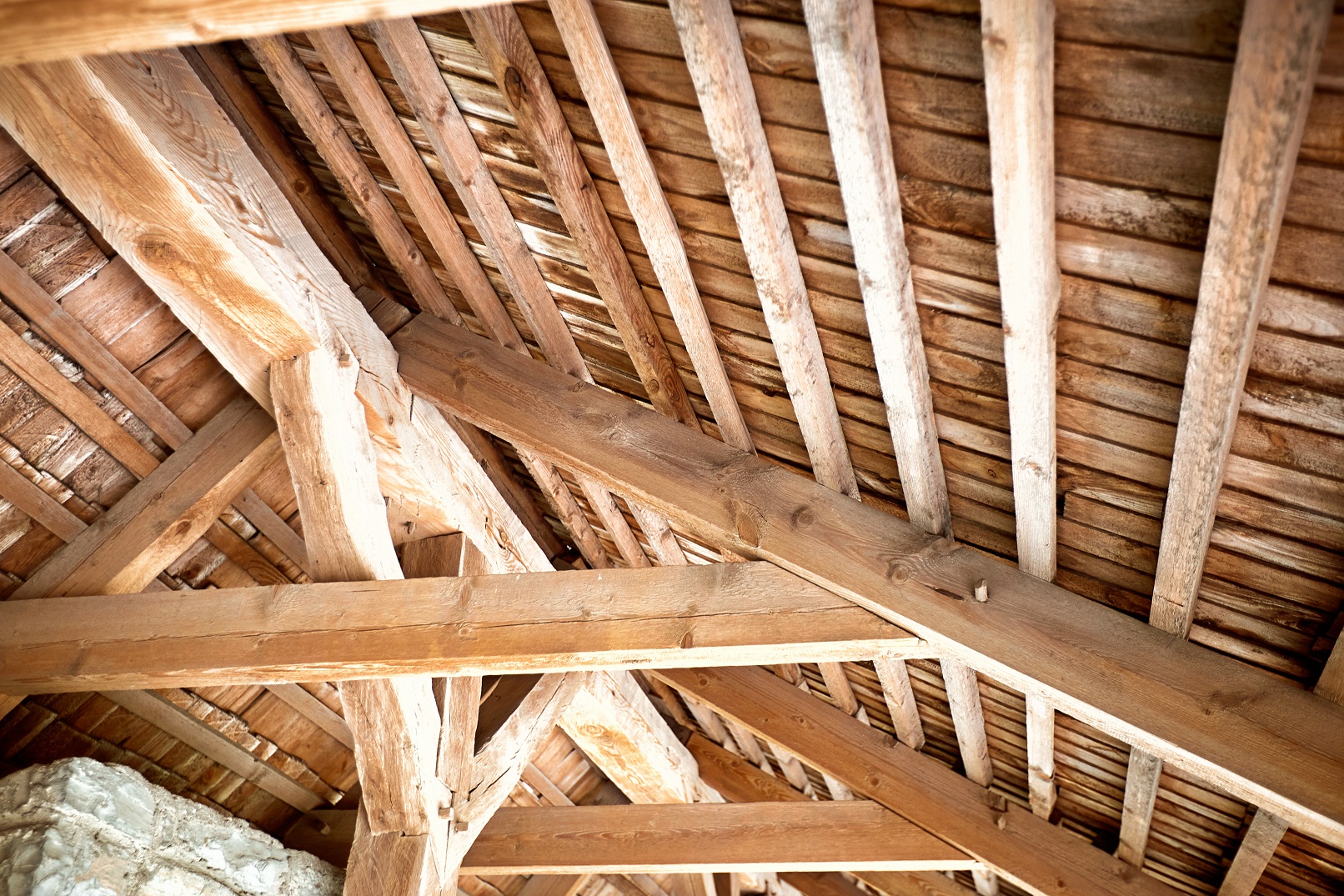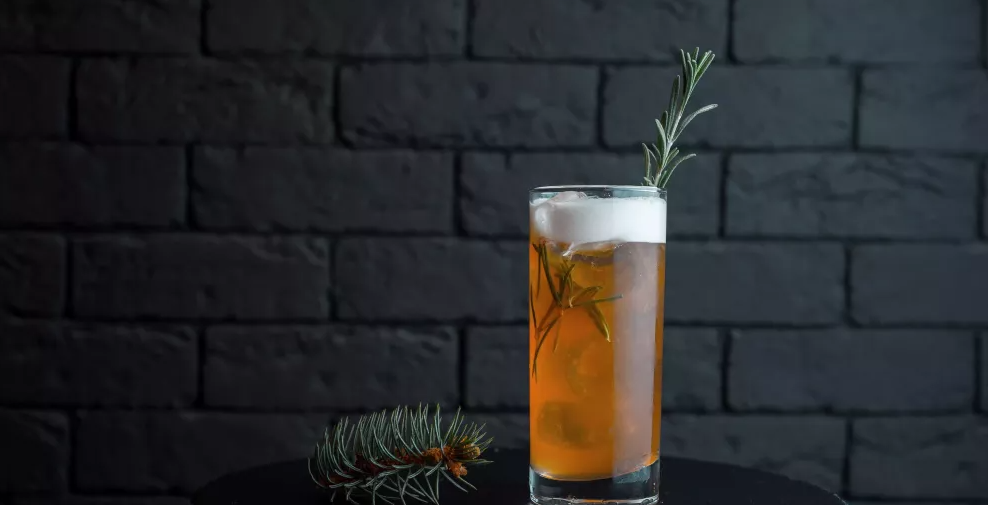Not All Trees Are the Same!
Not all trees are the same! Maple, pine, oak, spruce… There are so many kinds! But what exactly makes them so different? This activity will teach students more about the characteristics of different trees.
Preschool
Duration : 20 minutes

Objective
To learn more about the different types of trees.
Guidelines
Watch the ”Caroline Harrison – Matériel” (English subtitles) video capsule.
Read the following passages for the class.
Material
Pencils and paper, if needed.
Broad-leaf trees
1

Broad-leaf trees are recognizable by their large and well-developed leaves. Among these, we find oak, maple, birch, and cottonwood.
2

Broad-leaf characteristics
The wood from these trees is solid. It’s very resistant and, therefore, can be hard to work with.
3

Broad-leaf tree uses
During the colonial era, the wood from broad-leaf trees was, above all, used for heating, since the colonizers didn’t have the right tools to work with such a solid material. With the arrival of electric tools, cabinetmakers began to use these harder woods in their work, making things like furniture, panelling, and floorboards.
Conifers
1

Conifers are characterized by their fruit made from hard scales – what we call ‘cones’. Their leaves are called ‘needles’ because they’re very thin and pointy. These trees contain sap and resin. The sap circulates throughout the whole tree and is used to transport minerals and sugars. The resin only pours out in the case of a ‘wound’: it plugs the cut to allow the tree to heal. Resin is also why conifer trees smell the way they do. Among these trees, we find fir, pine, and spruce.
2

Conifer characteristics
The wood from conifer trees is soft. It’s not very resistant or solid. Therefore, it’s very easy to work with.
3

Conifer tree uses
In the colonial era, almost all furniture was made from pine wood. Today, conifers are commonly used in residential construction.
Did you know?
1

Pine and spruce are edible – you can even buy spruce beer!
Contrary to what the name suggests, it contains no alcohol. It’s more like a spruce-flavoured soda!
Photo credit : Passeport Santé
2

The centre of an ebony tree contains a very dark, almost black wood. It’s considered to be a precious wood, prized in cabinetmaking art.
3

The fruit of the chestnut tree is edible and very popular in Europe. Chestnuts can be grilled, boiled, made into purées, or even cooked in sugar (‘glazed’). But watch out! Oftentimes, cooked chestnuts are called ‘marrons’. Fruit from marron trees is actually different, and totally toxic! This confusion dates back to the 1500s, when the French were using the word ‘marron’ (meaning ‘small rock’ in Old French) to talk about chestnuts.
4

Maple sugar has been enjoyed for hundreds of years. Indigenous peoples taught French colonizers how to extract maple sap and then turn it into delicious sugar. The colonizers used molds to make fun shapes from the sugar.
Photo credit : Canadian Museum of History
Food for Thought
As of 2017, there were 60,065 different recognized tree species! Do you have a favourite? Why or why not?


